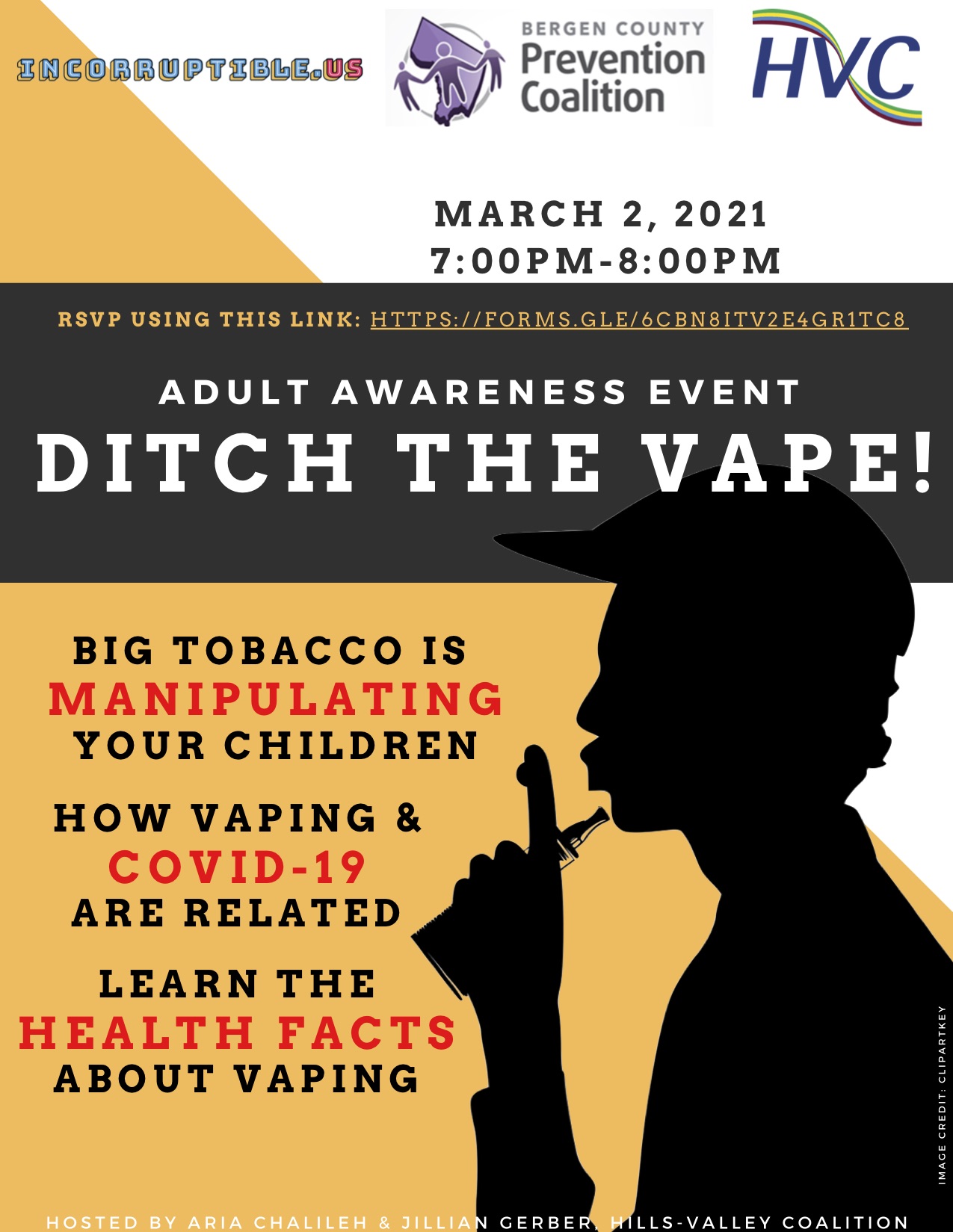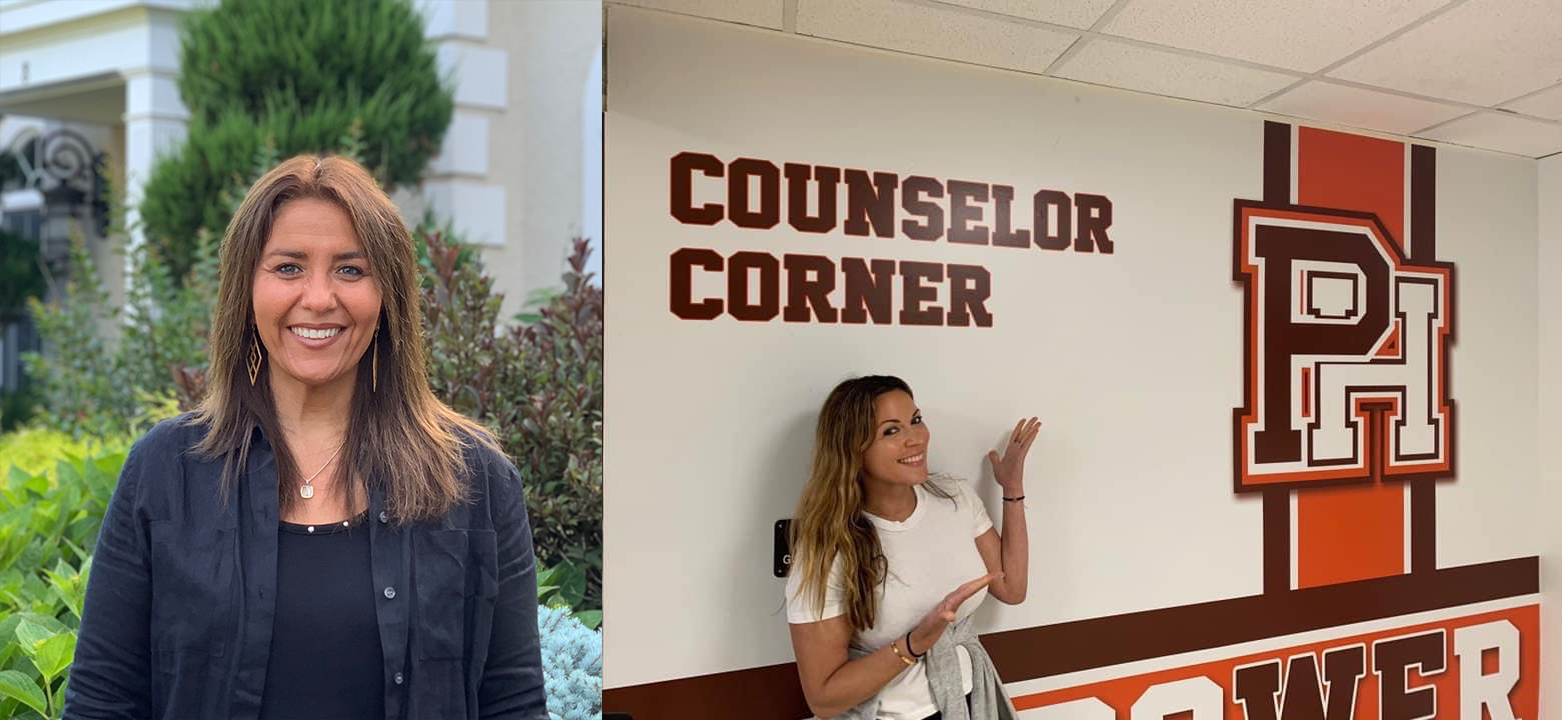The Anatomy of the Vaping Epidemic
Aria Chalileh is a senior at Pascack Hills High School who has been involved with the Bergen County Youth Tobacco Action Group for nearly two years. She also represents Bergen County as a Youth Advisory Board Member for the statewide campaign Incorruptible.US. Through these organizations, she has worked with other youth from across the county and state on different vaping prevention and awareness campaigns, social media post creations, presentations, tabling events, and advocating for change. More recently, Aria has worked as a National Youth Ambassador for the Campaign for Tobacco-Free Kids, a national organization focused on legislative changes aimed at preventing youth addiction to tobacco products. Aria’s work with YTAG has allowed her the opportunity to attend the Lindsey Meyer Teen Institute (LMTI) summer camp and learn about leadership, team building, and making positive changes in the community. Aria is also an Ambassador Girl Scout currently working on her Gold award focused on youth vaping awareness and prevention. Perspective is everything. As a teenager, you may have friends and peers that have fallen victim to vaping. As a parent, it is possible your knowledge of e-cigarettes is little to none – to the point where you are not suspecting your child’s habit under the same roof. You may think that your friends, peers, or children are “too good” to vape; but this problem has, unfortunately, spread to every corner of the United States. E-cigarette use or vaping is a relatively new phenomenon with disproportionate popularity amongst youth and young adults compared to other age groups in the United States. Data from 2019 indicates more than 5 million US youth reported vaping during the past month and approximately 1 million admitted vaping every day.1 This equates to 1 in every 4 high school students, and 1 in every 10 middle schoolers.2 In fact, E-cigarette use is currently the most common form of tobacco used by teens in the United States.2 This problem has become particularly evident during the past decade with an exponential rise in vaping among youth (2.1% in 2011 to 38% in 2019).1,2 This alarming trend prompted the US Surgeon General to declare vaping an “epidemic” in December 2018.3 Inevitably, this epidemic has also infiltrated my community by affecting those around me: even friends and peers I grew up with. Despite the completion of the DARE program and our 5th grade pledges to resist peer pressure and reject harmful substances, I have witnessed many of my classmates succumb to peer pressure, start vaping, and use their money to support their habit in and out of the school environment. Marketing influences perspective. Big Tobacco strategically packages, advertises, and promotes tobacco use in various forms. Research shows most chronic users of tobacco products started their habit at a young age. The youth have always been the prime target for Big Tobacco; if the tobacco industry can get young people hooked, they will secure life-long customers for their products. That is the Big Tobacco blueprint. With the decline in use and appeal of...







